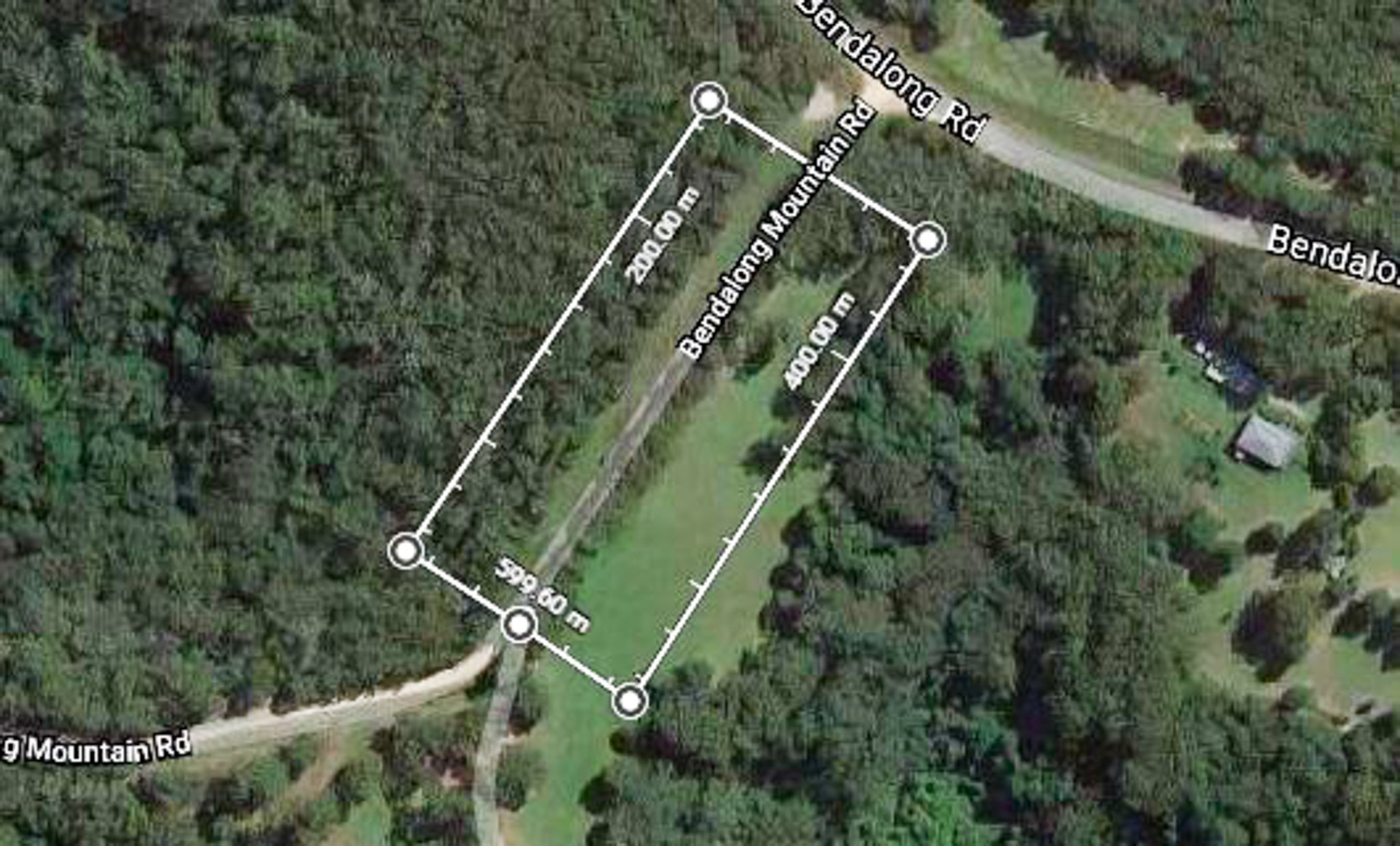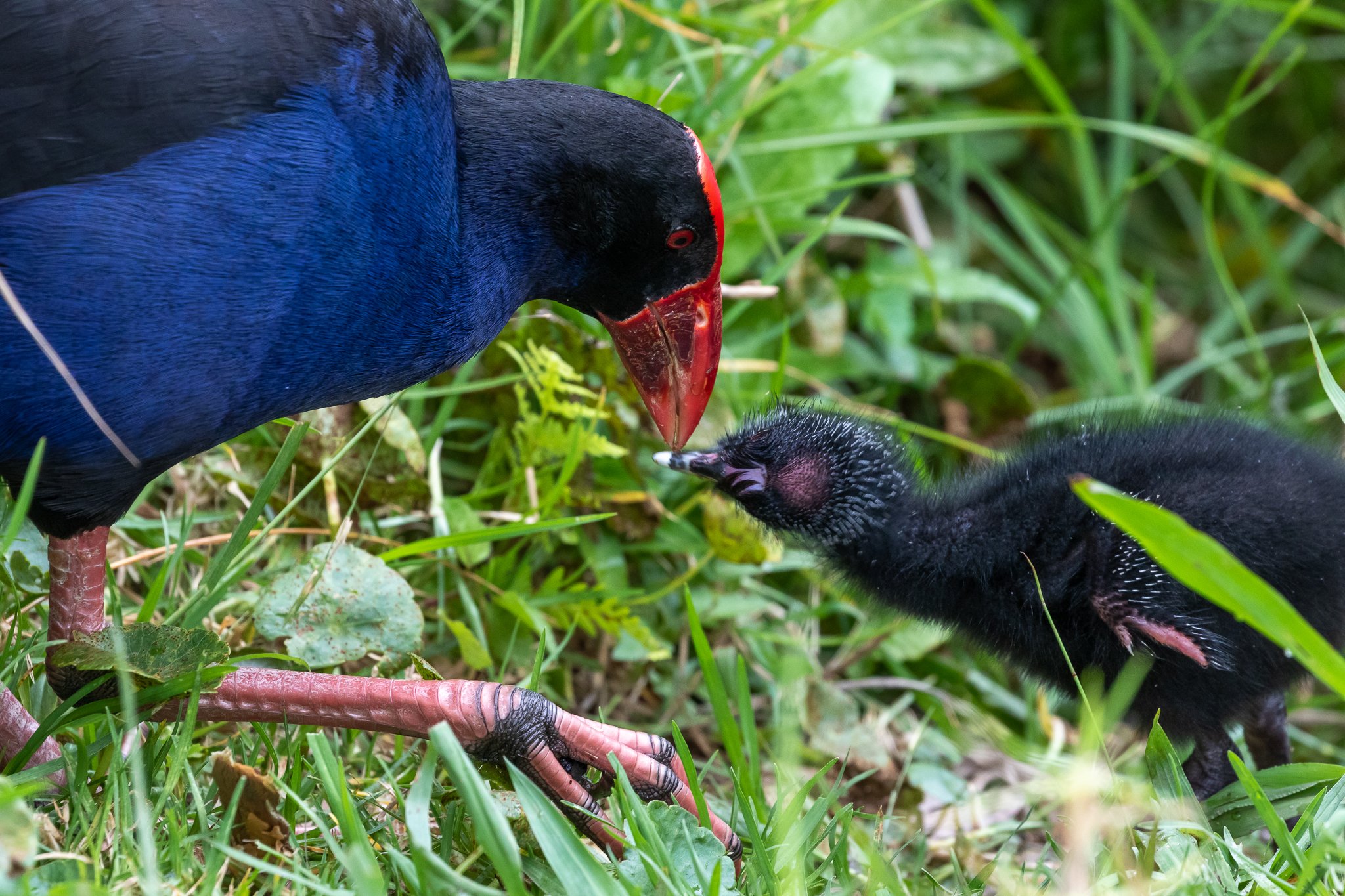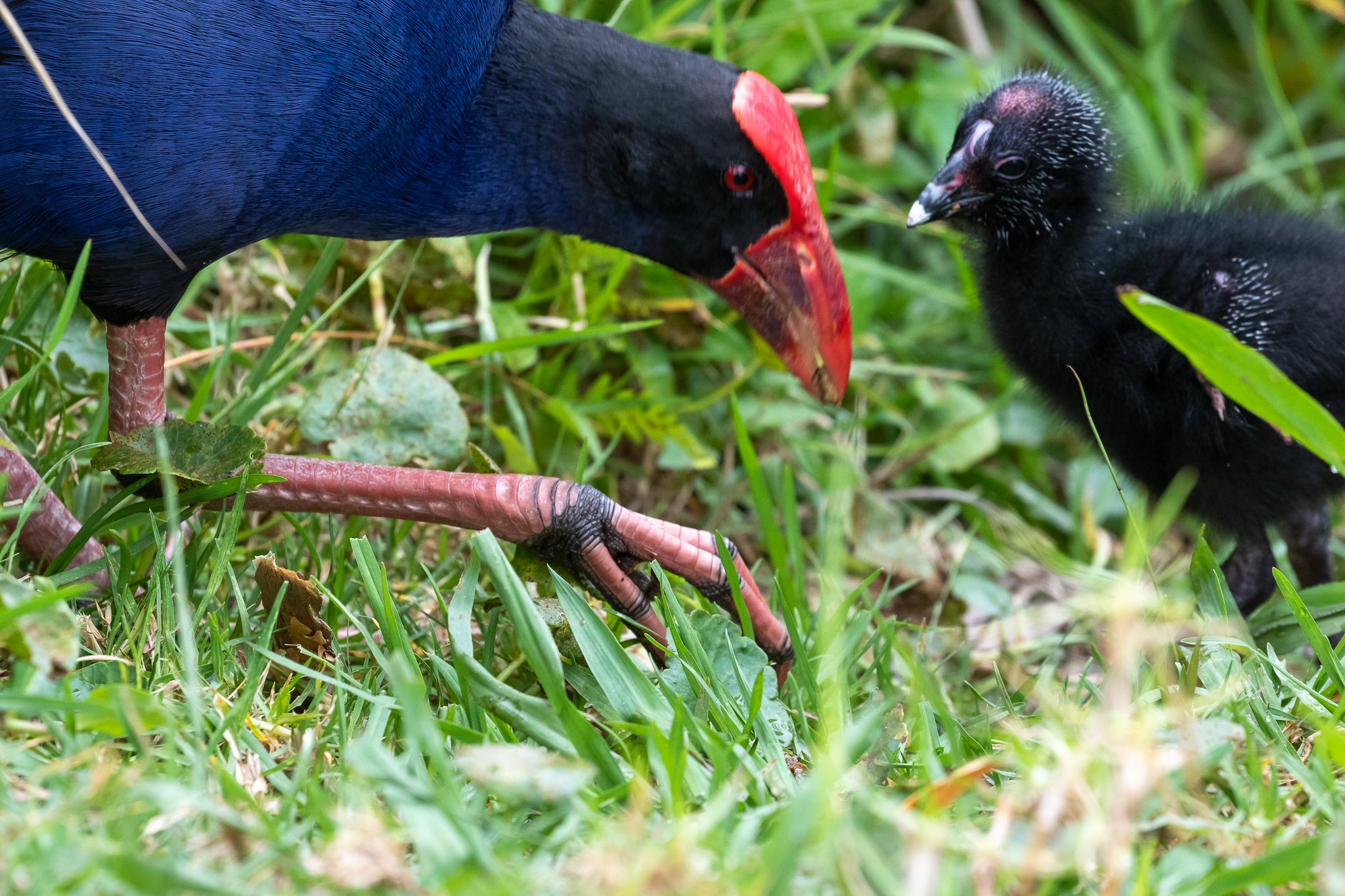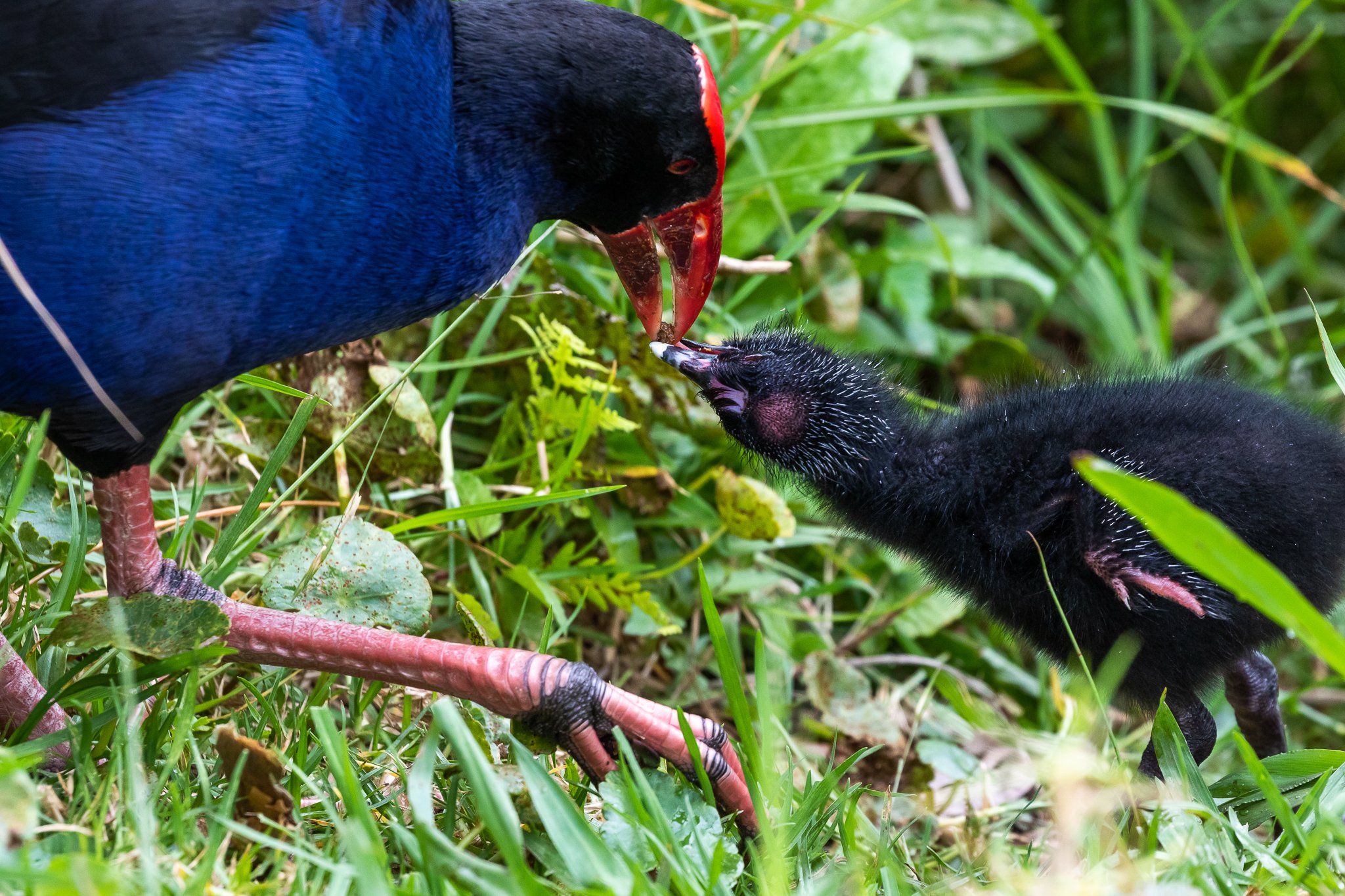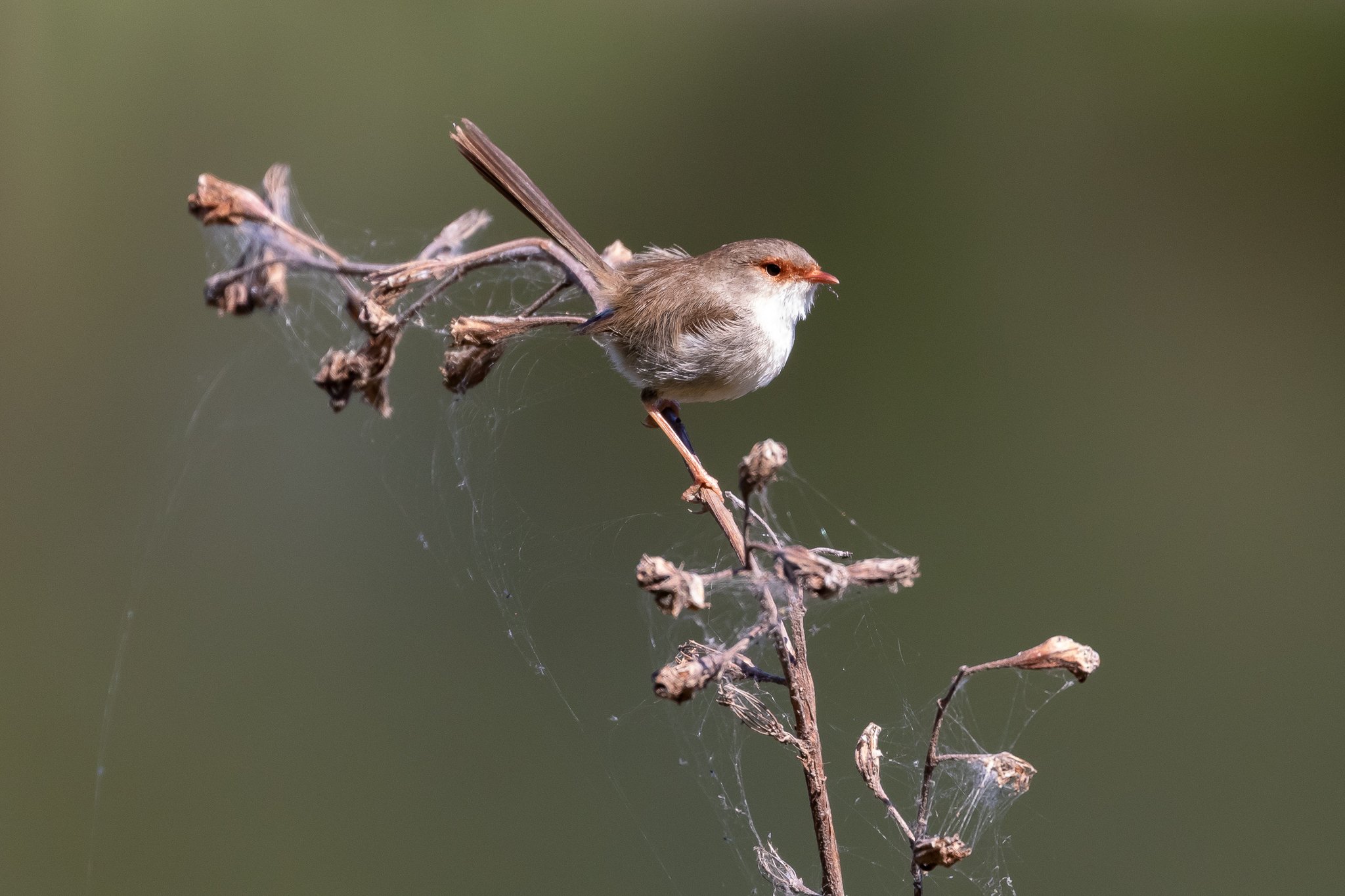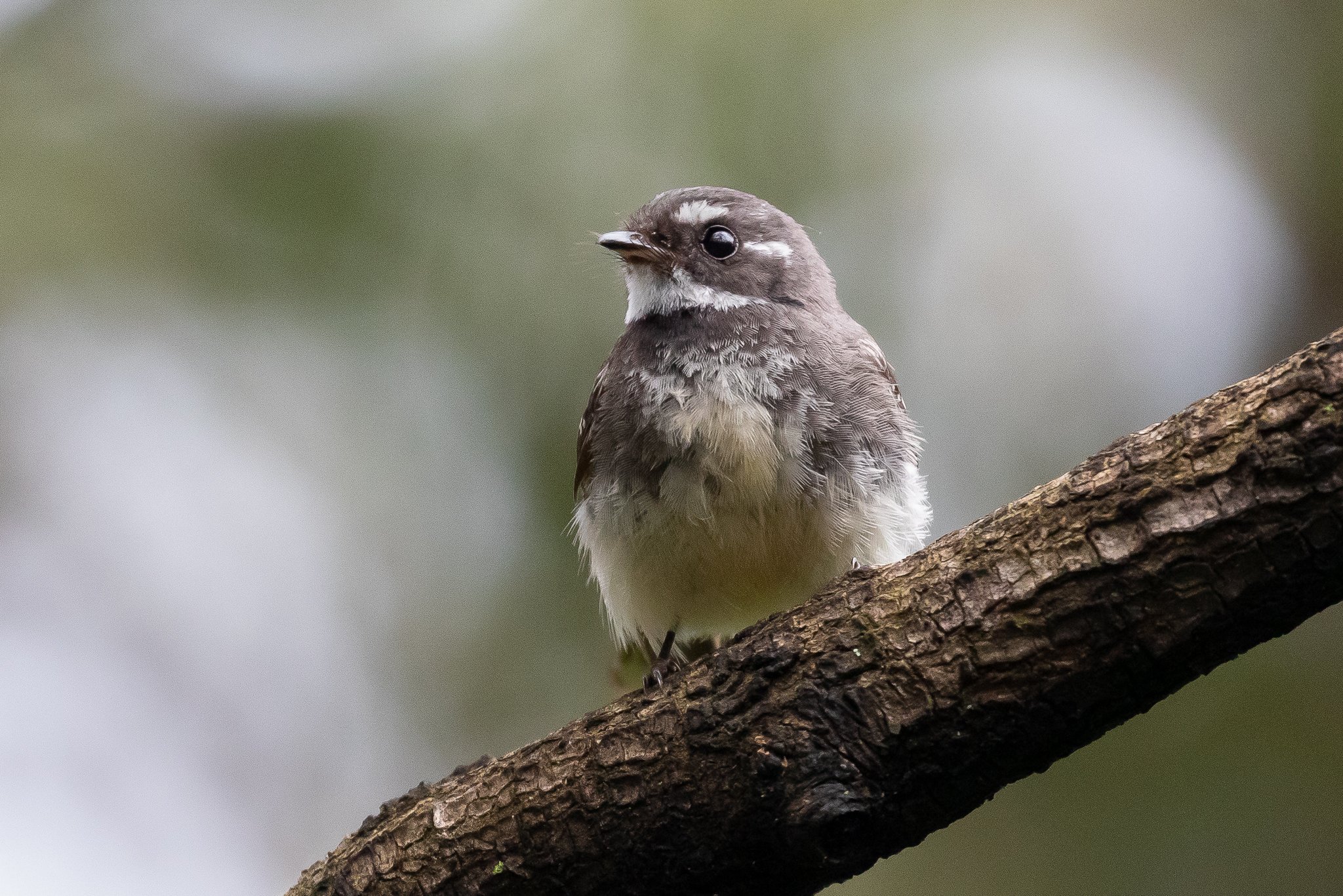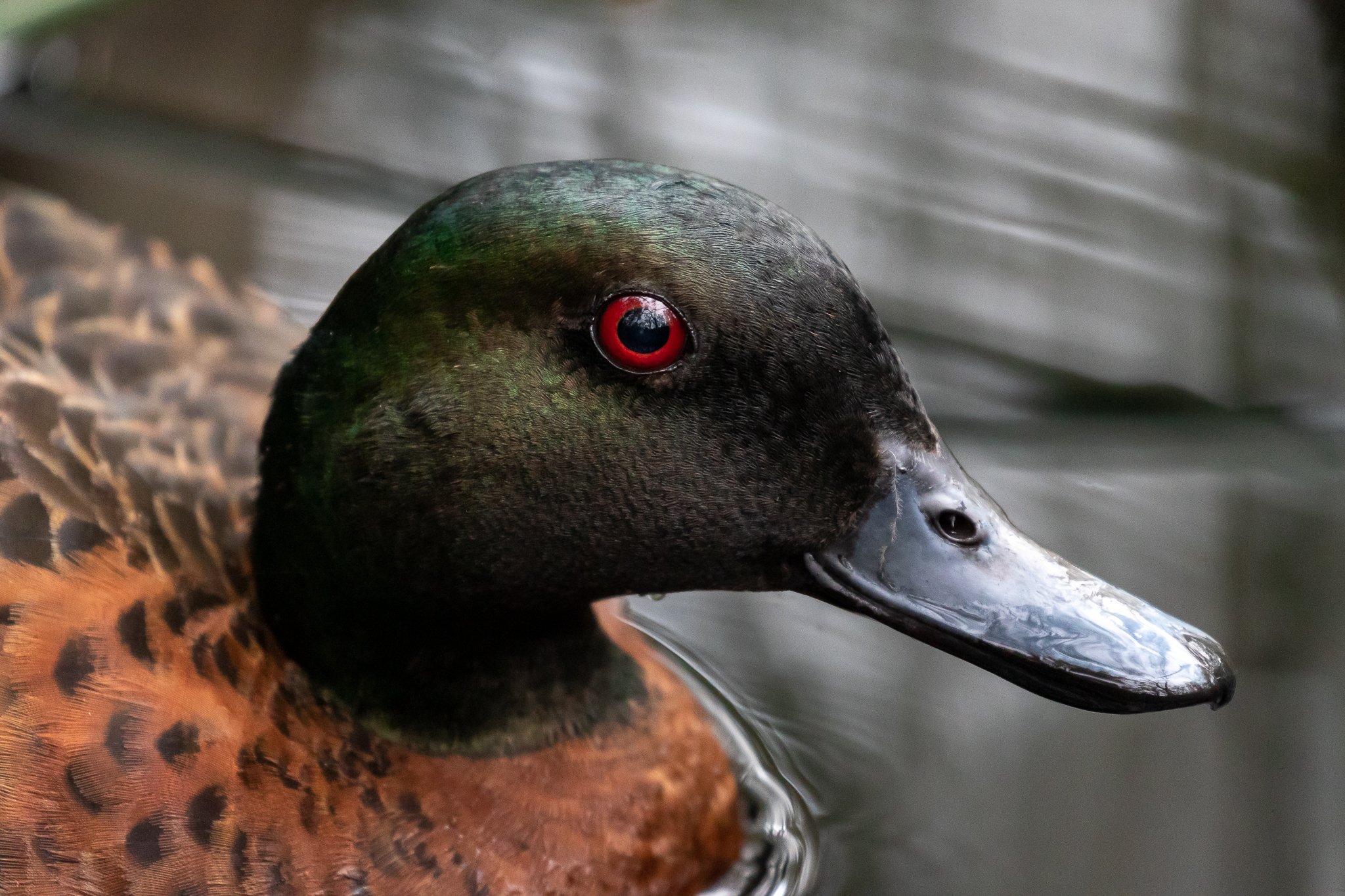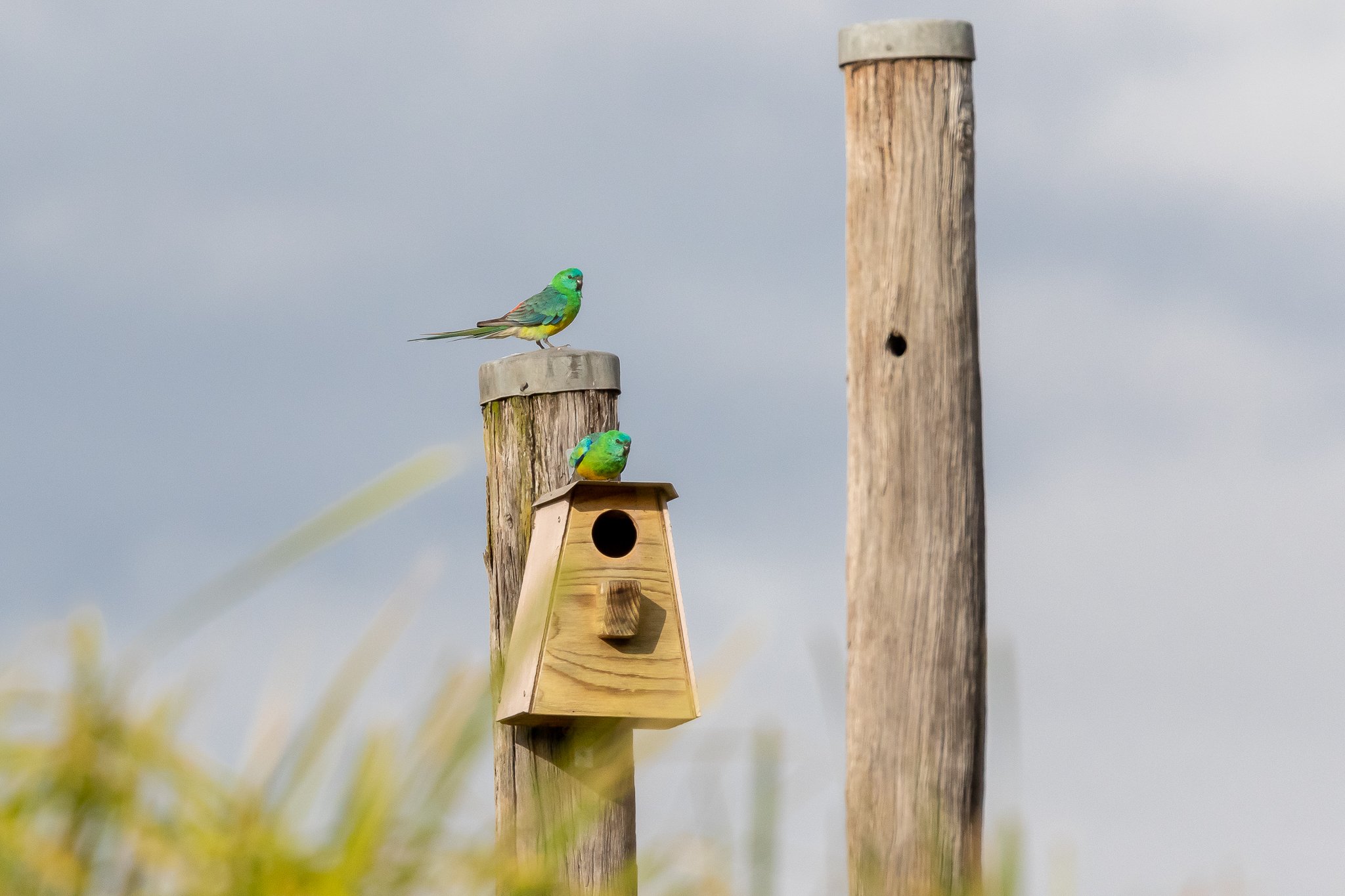With borders reopening it was time for a Christmas trip to Brisbane to see family and friends. There was’t any bird-watching planned but it proved impossible to ignore the locals in Brisbane’s suburban west - at Brisbane’s Mount Coot-tha Botanical Gardens and Fig Tree Pocket. Fortunately the binoculars and camera had been packed and the birds were co-operating!
A lot of chatter down a side fence revealed these beautiful Rosellas, the Blue-cheeked race of the Pale-headed Rosella species.
There were lots of Lorikeets feeding on this ornamental palm in the back garden. The Rainbow Lorikeets (one seen in this photo) seem to be in equal numbers to the Scaly-breasted Lorikeets (next photo) and take turns feeding in the palms.
Scaly-breasted Lorikeet feeding in an ornamental palm. It was sending a continual shower of the fruit onto the path below.
The Blue-faced Honeyeater was the only Honeyeater seen other than the ever present Noisy Miners.
A trip to Fig Tree Pocket on the Brisbane riverbank was rewarded with views of this male Red-backed Fairy-wren. The photo of the male a pleasing addition after only finding females on a previous excursion.










